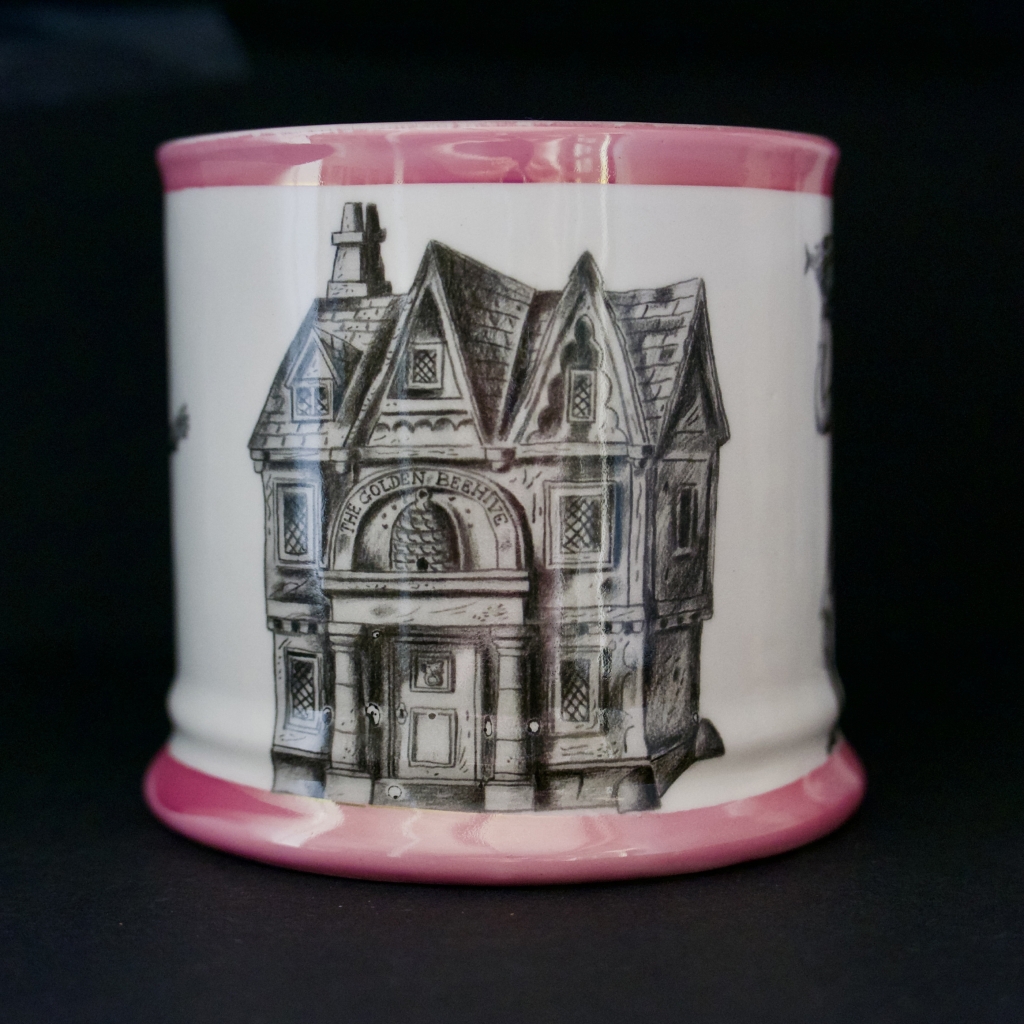To mark St. David’s Day (March 1st), a new design has been produced in collaboration with Sussex Lustreware to commemorate the Welsh poet, teacher and mariner, Sarah Jane Rees. (1839 -1916.)
As a teenager Sarah Jane declined the dressmaker’s apprenticeship suggested to her by her family, and instead spent two years crewing on her sea-captain father’s ketch before returning to study for her master mariner’s certificate in navigation in London.
Despite being fully-qualified there was the expected opposition to her captaining any ship, so instead she returned to Wales where she became a teacher, educating children and tutoring young men in the arts of navigation.
A celebrated poet in the Welsh language, Sarah Jane was also known by her Bardic name of Cranogwen, and those who she helped gain their master mariner certificates were known affectionately as ‘Cranogwen’s Captains’.
Studio photographs of the adult Sarah Jane show her long hair centre-parted and worn tightly arranged against the head, with the jewellery, gleaming gowns and velvet jackets of a woman of her class.
What she wore when she crewed her fathers ship is not known, and so my portrait of her is a fanciful one in the tradition of the romantically inclined depictions of sailors on nineteenth century ceramics and toy theatre character sheets.
I’ve given her the varnished and be-ribboned straw-boater of a nineteenth century sailor, with a neckerchief knotted at the collar of a shirt worn under an open jacket.
Sarah Jane Rees must have been a woman of courageous and independent spirit to have taken the path she chose. She was a lecturer in an age when public speaking by women was frowned upon, she established a women’s magazine and founded the South Wales Women’s Temperance Union in order to secure the safety of women in both their homes and within society.
Sarah didn’t marry, and there is clear evidence that her lasting relationships were with two women: Fanny Rees, who died young from tuberculosis, and Jane Thomas, the lifelong companion addressed by Sarah in her most celebrated poem, My Friend:
“I love you, my beloved Venus”.

Below: The maritime tradition of Sunderland Lustreware
Inside the collar of our jug runs the text: Sarah Jane Rees, also known as Cranogwen: Morwr (Mariner) Bard (Poet) Athrawes (Teacher)






































































































